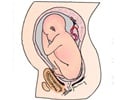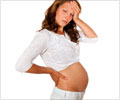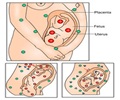Late maternity can involve a greater risk of miscarriage, a more complicated labour, and medical intervention at the birth.
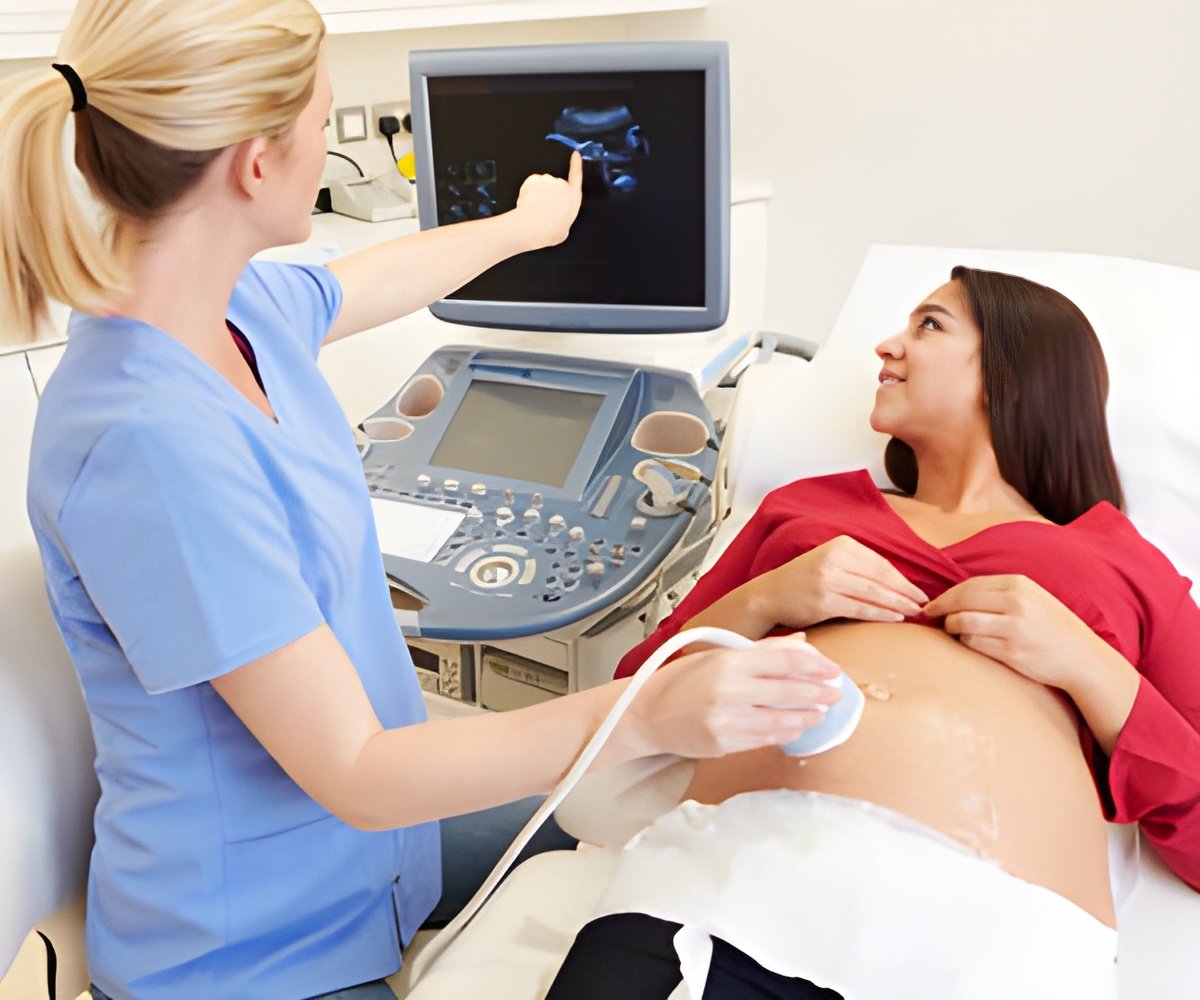
TOP INSIGHT
In 2009 there were 1,578 babies born to mothers aged 45 and over, but in 2015 there were 2,119. The delay is due to a variety of social, professional and financial factors, and this trend is unlikely to be reversed.
"We know that female fertility starts to decline gradually from the late 20s and more rapidly from the mid 30s onwards. As well as potentially taking longer to get pregnant, later maternity can involve a greater risk of miscarriage, a more complicated labour, and medical intervention at the birth.”
The data [also] shows that London had the lowest birth rate for women under 18 in 2015, with 4.4 births per 1,000 women. ONS statistician Nick Stripe said London had lowest under-18 birth rate but the highest birth rate for women aged 45 and over.
"In contrast, the north-east of England has the highest under-18 birth rate but the lowest birth rate for women aged 45 and over," he said. "Social, economic and cultural differences between these areas are likely to be causing these differences."
The ONS said the rising number of older mothers was down to advances in fertility treatment as well as more women in higher education and attitudes around the importance of a career. Jacque Gerrard, director for England at the Royal College of Midwives, said: "All women deserve the very best care, regardless of the age at which they give birth. Women have every right to give birth later in life, and we support that. But typically older women will require more care during pregnancy, and that means more midwives are needed."
Source-Medindia
 MEDINDIA
MEDINDIA

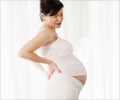


 Email
Email
